Daring, bold, systems-disrupting change requires big dreams and an even bigger vision. For Session 5 of TED2020, the Audacious Project, a collaborative funding initiative housed at TED, highlighted bold plans for social change from Southern New Hampshire University, SIRUM, BRAC, Harlem Children’s Zone, Humanitarian OpenStreetMap Team (HOT), Project CETI and One Acre Fund. From aiding the ultra-poor to upending medicine pricing to ensuring all communities are visible on a map, these solutions are uniquely positioned to help us rebuild key systems and push the boundaries of what’s possible through breakthrough science and technology. Learn more about these thrilling projects and how you can help them change the world.
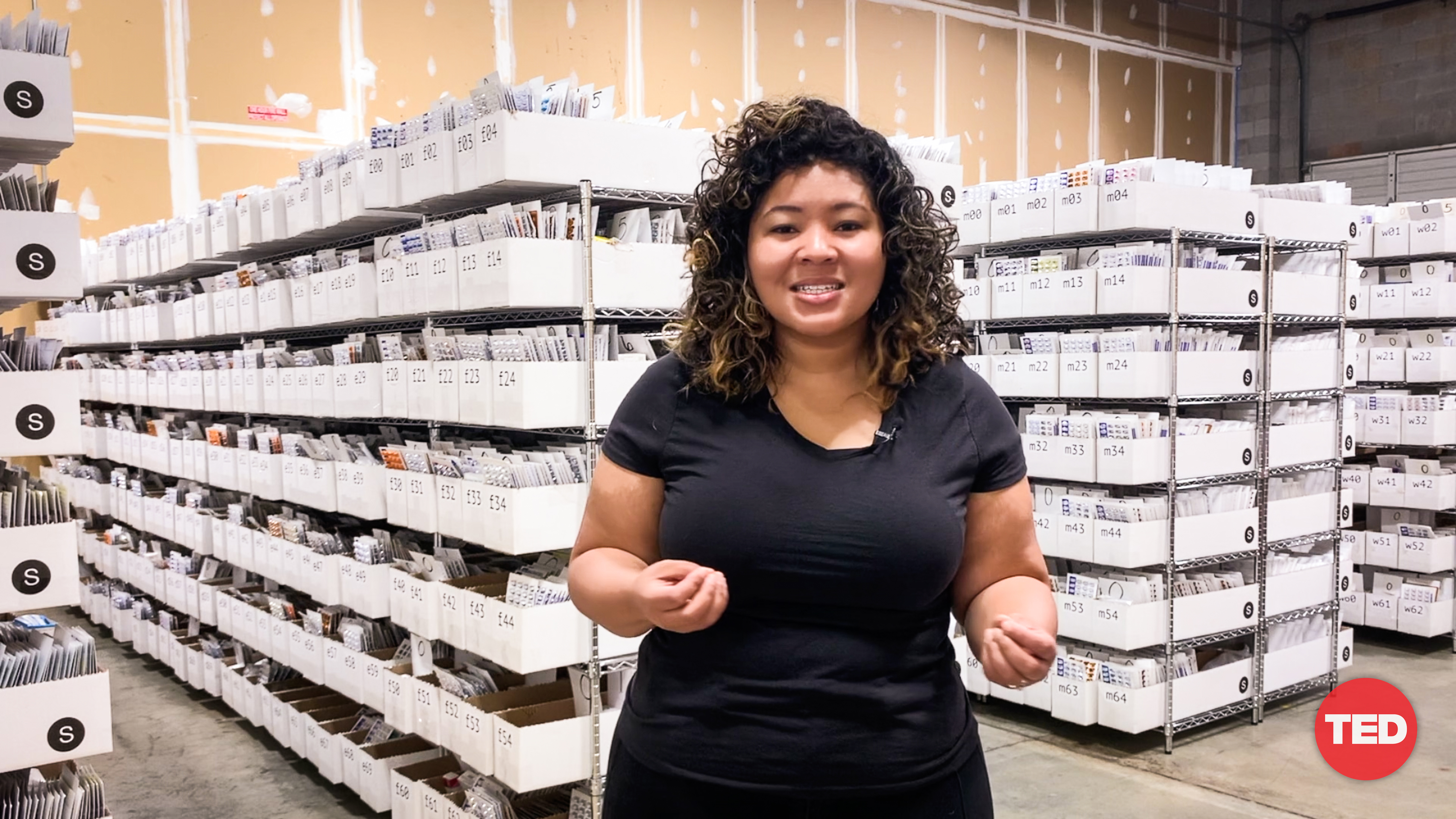
“We can create radical access to medications based on a fundamental belief that people who live in one of the wealthiest nations in the world can and should have access to medicine they need to survive and to thrive,” says Kiah Williams, cofounder of SIRUM. She speaks at TED2020: Uncharted on June 18, 2020. (Photo courtesy of TED)
Kiah Williams, cofounder of SIRUM
Big idea: No one should have to choose between paying bills or affording lifesaving medications.
How? Every day in the US, people must make impossible health decisions at the intersection of life and livelihood. The result is upwards of ten thousand deaths annually — more than opioid overdoses and car accidents combined — due to the high prices of prescription drugs. Kiah Williams and her team at SIRUM are tapping into an alternative that circumvents the traditional medical supply chain while remaining budget-friendly to underserved communities: unused medication. Sourced from manufacturer surplus, health care facilities (like hospitals, pharmacies and nursing homes) and personal donations, Williams and her team partner with medical professionals to provide prescriptions for conditions, ranging from heart disease to mental health, at flat, transparent costs. They currently supply 150,000 people with access to medicine they need — and they’re ready to expand. In the next five years, SIRUM plans to reach one million people across 12 states with a billion dollars’ worth of unused medicine, with the hopes of driving down regional pricing in low-income communities. “We can create radical access to medications based on a fundamental belief that people who live in one of the wealthiest nations in the world can and should have access to medicine they need to survive and to thrive,” Williams says.
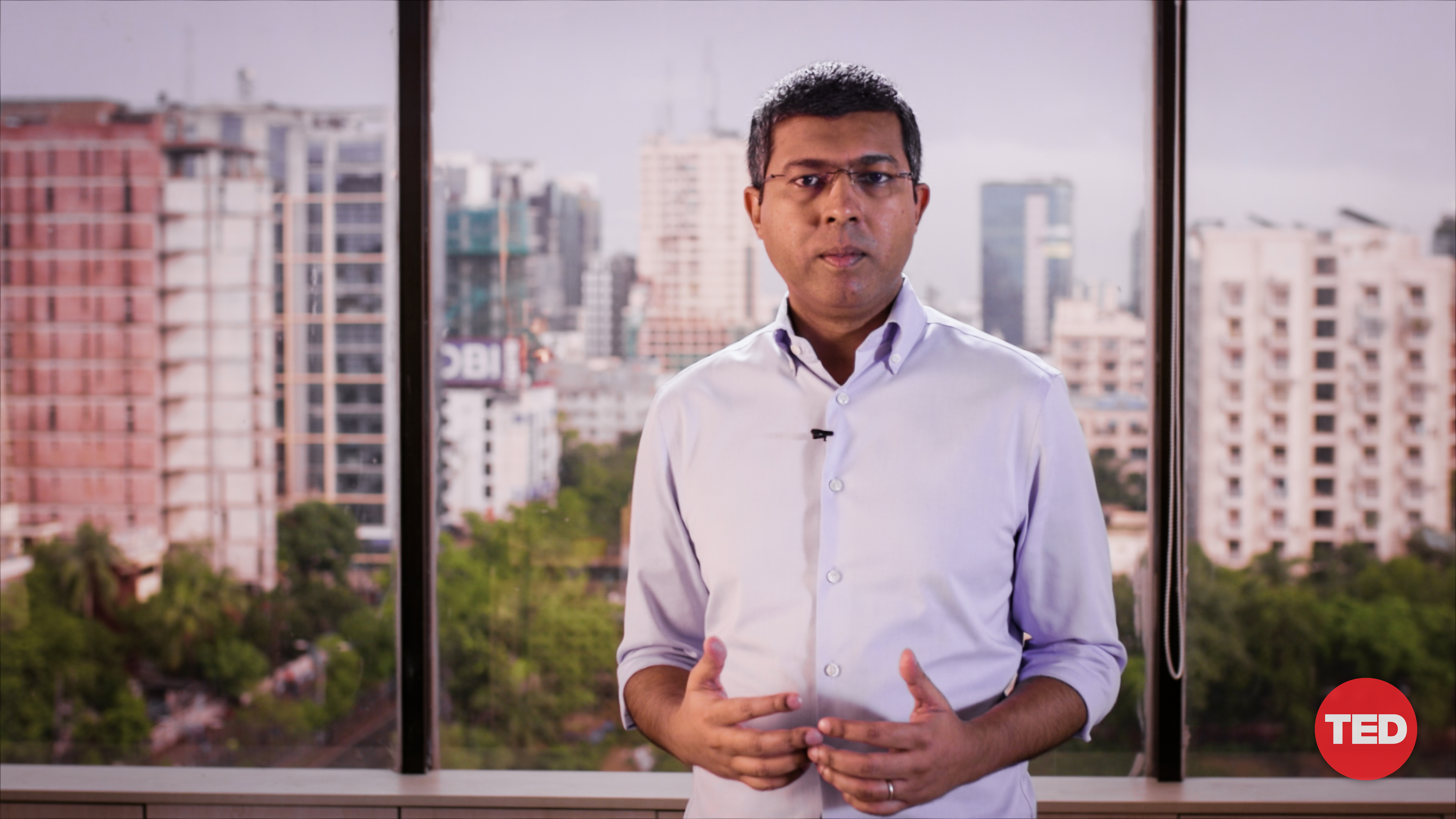
Shameran Abed, senior director of the Microfinance and Ultra-Poor Graduation Program at BRAC, shares his organization’s work lifting families out of ultra-poverty at TED2020: Uncharted on June 18, 2020. (Photo courtesy of TED)
Shameran Abed, senior director of the Microfinance and Ultra-Poor Graduation Program at BRAC
Big idea: Let’s stop imagining a world without ultra-poverty and start building it instead.
How? At the end of 2019, approximately 400 million people worldwide lived in ultra-poverty — a situation that goes beyond the familiar monetary definition, stripping individuals of their dignity, purpose, self-worth, community and ability to imagine a better future. When he founded BRAC in 1972, Shameran Abed’s father saw that for poverty reduction programs to work, a sense of hope and self-worth needs to be instilled alongside assets. He pioneered a graduation approach that, over the course of two years, addressed both the deficit of income and hope in four steps: (1) supporting the basic needs with food or cash, (2) guiding the individual towards a decent livelihood by providing an asset like livestock and training them to earn money from it, (3) training them to save, budget and invest the new wealth, (4) integrating the individual socially. Since starting this program in 2002, two million Bangladeshi women have lifted themselves and their families out of ultra-poverty. With BRAC at a proven and effective nationwide scale, the organization plans to aid other governments in adopting and scaling graduation programs themselves — helping another 21 million people lift themselves out of ultra-poverty across eight countries over the next six years, with BRAC teams onsite and embedded in each country to provide an obtainable, foreseeable future for all. “Throughout his life, [my father] saw optimism triumph over despair; that when you light the spark of self-belief in people, even the poorest can transform their lives,” Abed says.
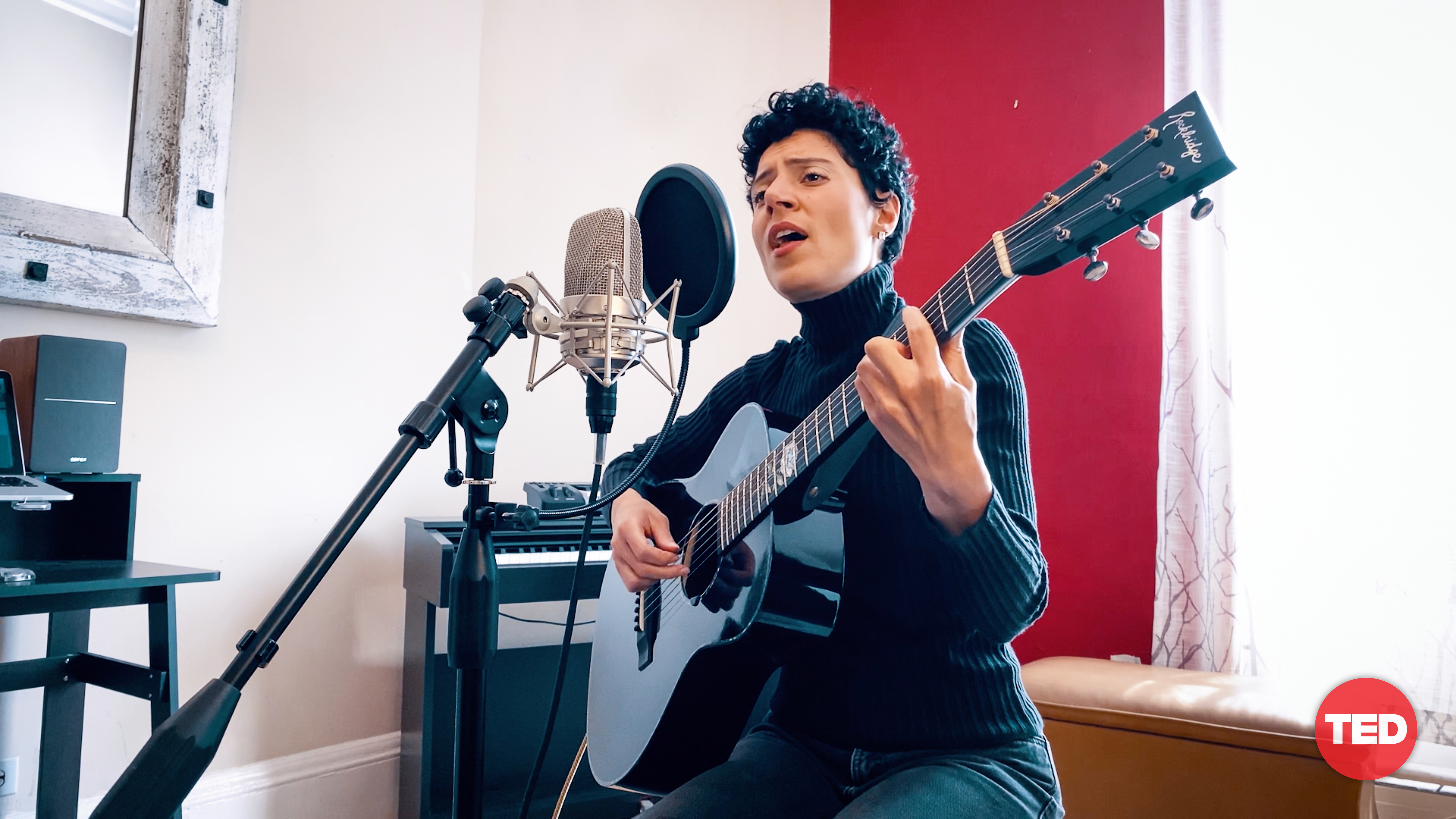
Pop-soul singer Emily King performs her songs “Distance” and “Sides” at TED2020: Uncharted on June 18, 2020. (Photo courtesy of TED)
Lending her extraordinary voice to keep the session lively, singer and songwriter Emily King performs her songs “Distance” and “Sides” from her home in New York City.
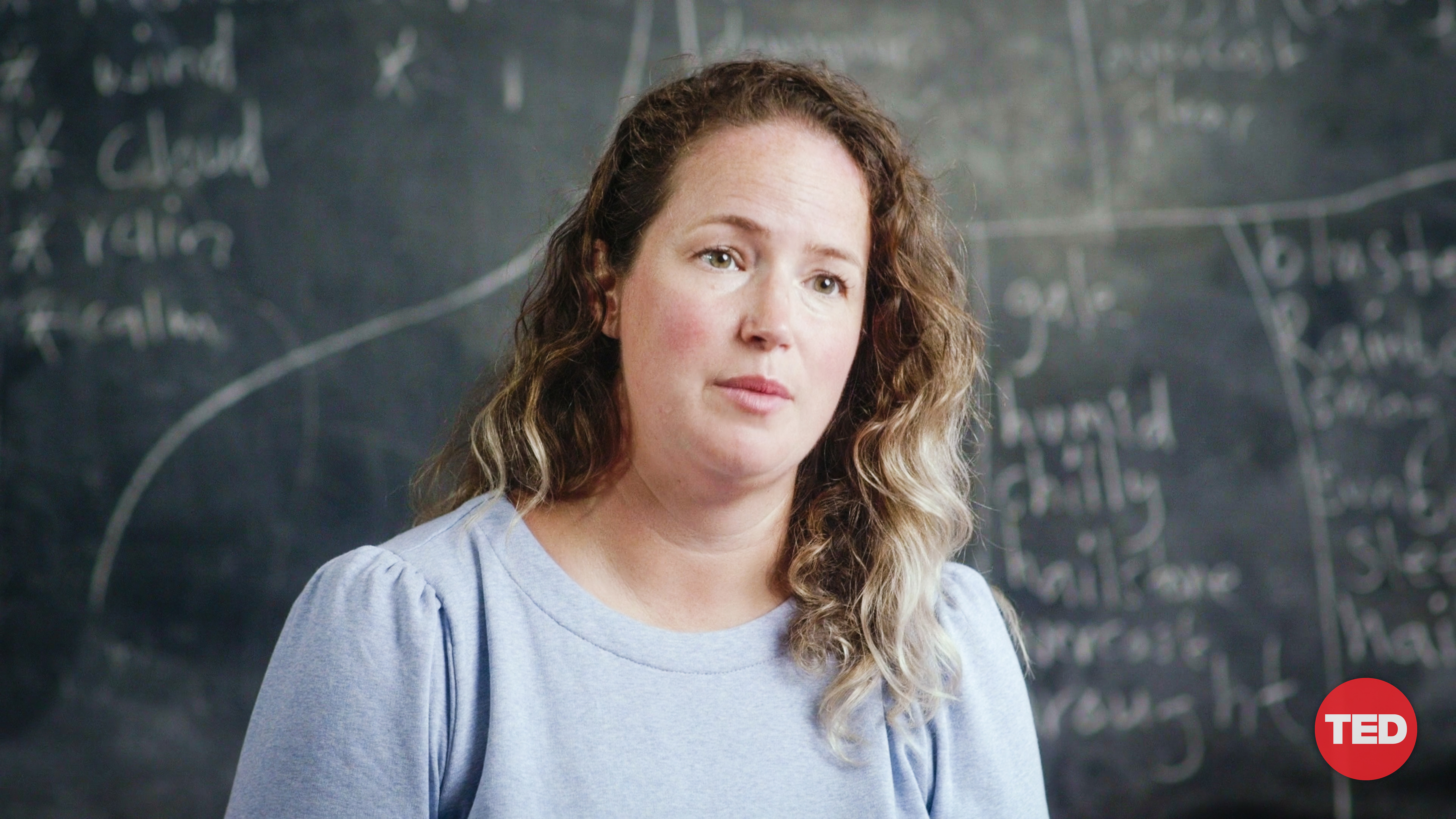
Chrystina Russell, executive director of SNHU’s Global Education Movement, is helping displaced people earn college degrees. She speaks at TED2020: Uncharted on June 18, 2020. (Photo courtesy of TED)
Chrystina Russell, executive director of SNHU’s Global Education Movement
Big idea: Expand access to accredited, college-level education to marginalized populations by reaching learners wherever they are in the world.
How? Education empowers — and perhaps nowhere more so than in the lives of displaced people, says executive director of SNHU’s Global Education Movement (GEM) Chrystina Russell. Harnessing the power of education to improve the world lies at the foundation of GEM, a program that offers accredited bachelor’s degrees and pathways to employment for refugees in Lebanon, Kenya, Malawi, Rwanda and South Africa. Today, the humanitarian community understands that global displacement will be a permanent problem, and that traditional education models remain woefully inaccessible to these vulnerable populations. The magic of GEM, Russell says, is that it addresses refugee lives as they currently exist. Degrees are competency-based, and without classes, lectures, due dates or final exams, students choose where and when to learn. GEM has served more than 1,000 learners to date, helping them obtain bachelor’s degrees and earn incomes at twice the average of their peers. Only three percent of refugees have access to higher education; GEM is now testing its ability to scale competency-based online learning in an effort to empower greater numbers of marginalized people through higher education. “This is a model that really stops putting time and university policies and procedures at the center — and instead puts the student at the center,” Russell says.
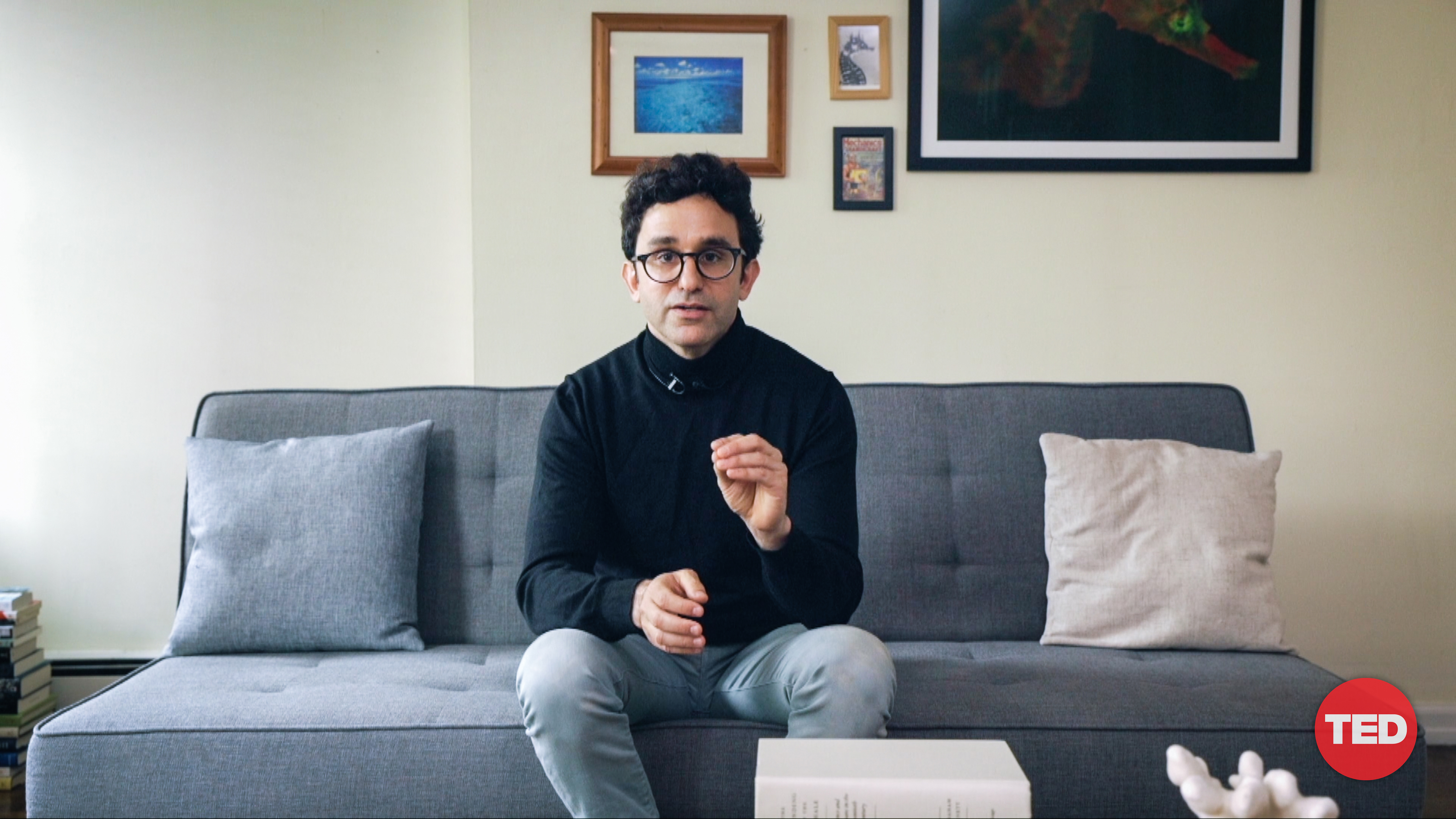
David Gruber shares his mind-blowing work using AI to understand and communicate with sperm whales. He speaks at TED2020: Uncharted on June 18, 2020. (Photo courtesy of TED)
David Gruber, marine biologist, explorer, professor
Big idea: Through the innovations of machine learning, we may be able to translate the astounding languages of sperm whales and crack the interspecies communication code.
How? Sperm whales are some of the most intelligent animals on the planet; they live in complex matriarchal societies and communicate with each other through a series of regionally specific click sequences called codas. These codas may be the key to unlocking interspecies communication, says David Gruber. He shares a bold prediction: with the help of machine learning technology, we will soon be able to understand the languages of sperm whales — and talk back to them. Researchers have developed a number of noninvasive robots to record an enormous archive of codas, focusing on the intimate relationship between mother and calf. Using this data, carefully trained algorithms will be able to decode these codas and map the sounds and logic of sperm whale communication. Gruber believes that by deeply listening to sperm whales, we can create a language blueprint that will enable us to communicate with countless other species around the world. “By listening deeply to nature, we can change our perspective of ourselves and reshape our relationship with all life on this planet,” he says.
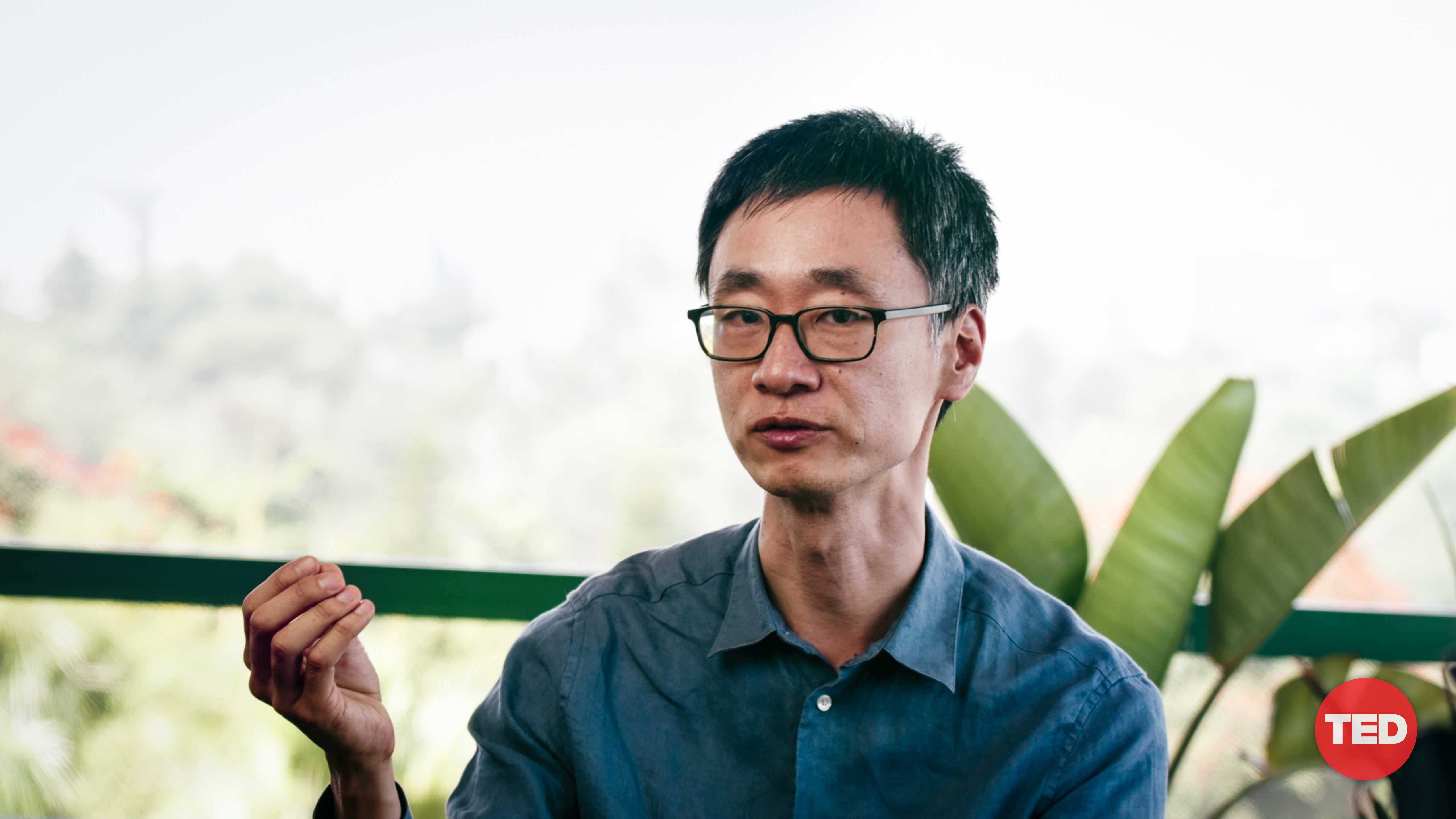
“Farmers stand at the center of the world,” says Andrew Youn, sharing One Acre Fund’s work helping small-scale farmers in sub-Saharan Africa. He speaks at TED2020: Uncharted on June 18, 2020. (Photo courtesy of TED)
Andrew Youn, social entrepreneur
Big idea: By equipping small-scale farmers in sub-Saharan Africa with the tools and resources they need to expand their work, they will be able to upend cycles of poverty and materialize their innovation, knowledge and drive into success for their local communities and the world.
How? Most small-scale farmers in sub-Saharan Africa are women who nourish their families and communities and fortify their local economies. But they’re often not able to access the technology, resources or capital they need to streamline their farms, which leads to small harvests and cycles of poverty. The One Acre Fund, a two-time Audacious Project recipient, seeks to upend that cycle by providing resources like seeds and fertilizer, mentorship in the form of local support guides and training in modern agricultural practices. The One Acre Fund intends to reach three milestones by 2026: to serve 2.5 million families (which include 10 million children) every year through their direct full-service program; to serve an additional 4.3 million families per year with the help of local government and private sector partners; and to shape a sustainable green revolution by reimagining our food systems and launching a campaign to plant one billion trees in the next decade. The One Acre Fund enables farmers to transform their work, which vitalizes their families, larger communities and countries. “Farmers stand at the center of the world,” Youn says.
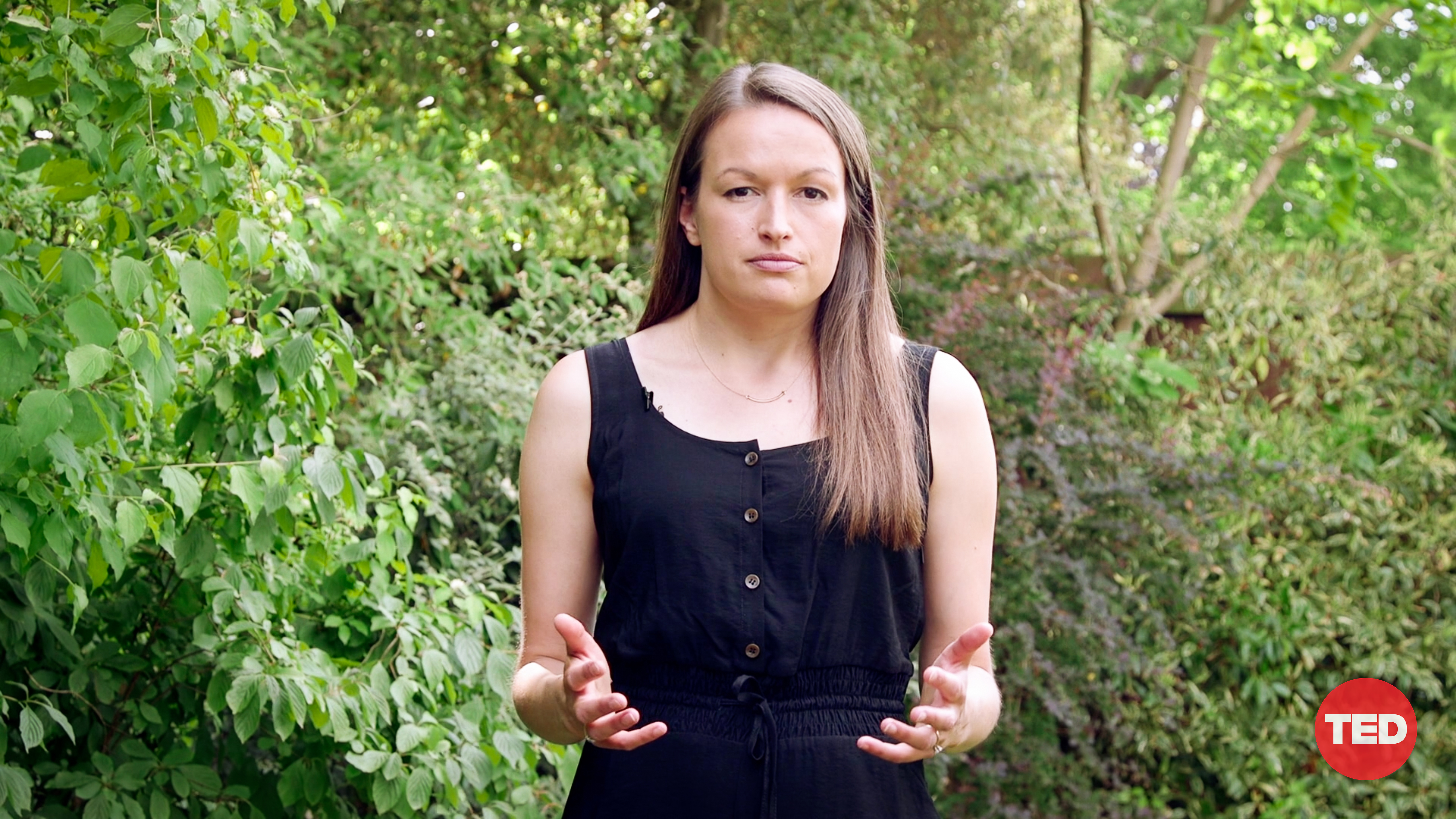
Rebecca Firth is helping map the earth’s most vulnerable populations using a free, open-source software tool. She speaks at TED2020: Uncharted on June 18, 2020. (Photo courtesy of TED)
Rebecca Firth, director of partnerships and community at Humanitarian OpenStreetMap Team (HOT)
Big idea: A new tool to add one billion people to the map, so first responders and aid organizations can save lives.
How? Today, more than one billion people are literally not on the map, says Rebecca Firth, director of partnerships and community at Humanitarian OpenStreetMap Team (HOT), an organization that helps map the earth’s most vulnerable populations using a free, open-source software tool. The tool works in two stages: first, anyone anywhere can map buildings and roads using satellite images, then local community members fill in the map by identifying structures and adding place names. HOT’s maps help organizations on the ground save lives; they’ve been used by first responders after Haiti’s 2010 earthquake and in Puerto Rico after Hurricane Maria, by health care workers distributing polio vaccines in Nigeria and by refugee aid organizations in South Sudan, Syria and Venezuela. Now, HOT’s goal is to map areas in 94 countries that are home to one billion of the world’s most vulnerable populations — in just five years. To do this, they’re recruiting more than one million mapping volunteers, updating their tech and, importantly, raising awareness about the availability of their maps to local and international humanitarian organizations. “It’s about creating a foundation on which so many organizations will thrive,” Firth says. “With open, free, up-to-date maps, those programs will have more impact than they would otherwise, leading to a meaningful difference in lives saved or improved.”
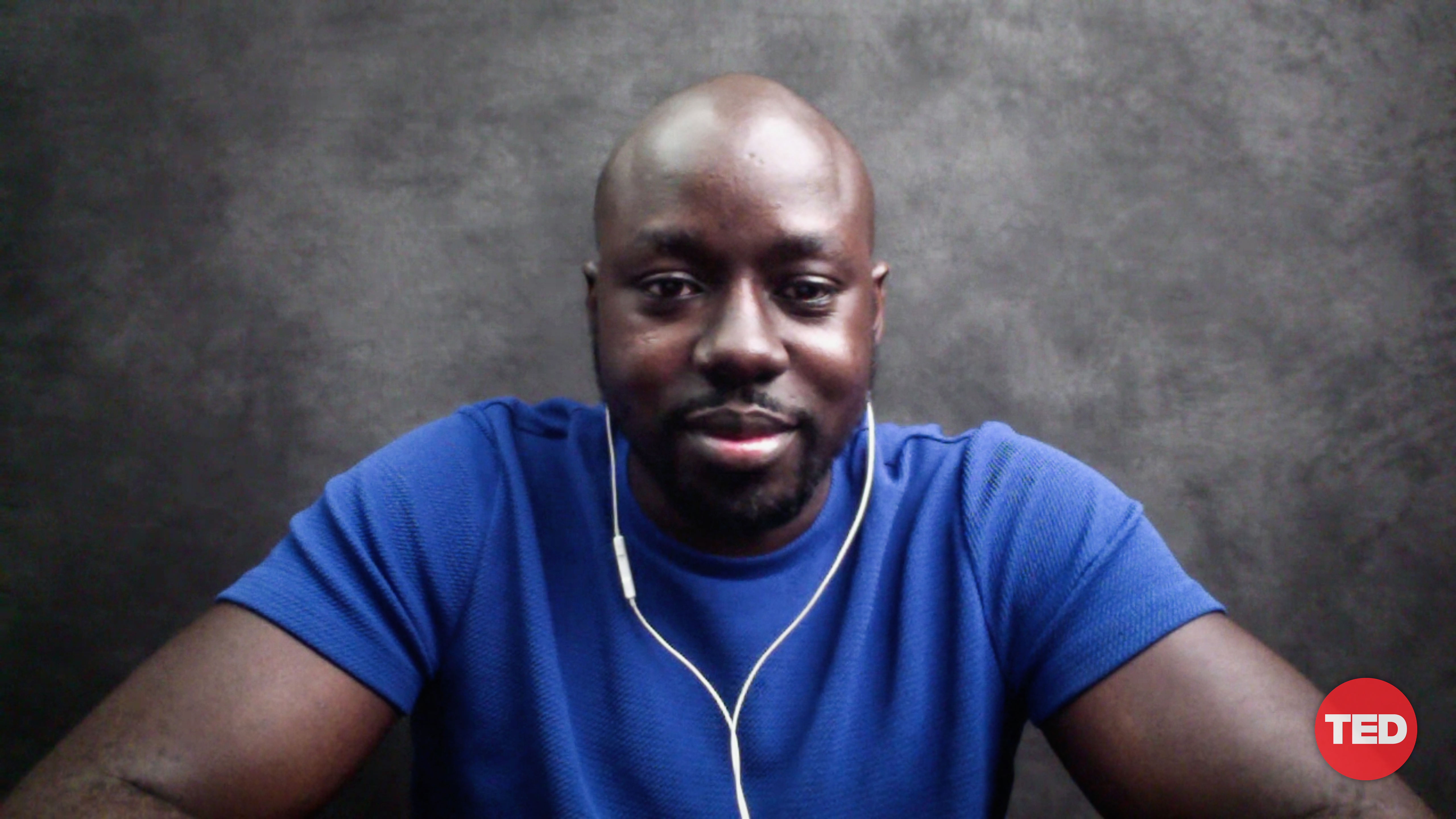
“Our answer to COVID-19 — the despair and inequities plaguing our communities — is targeting neighborhoods with comprehensive services. We have certainly not lost hope, and we invite you to join us on the front lines of this war,” says Kwame Owusu-Kesse, COO of Harlem Children’s Zone. He speaks at TED2020: Uncharted on June 18, 2020. (Photo courtesy of TED)
Kwame Owusu-Kesse, CEO, Harlem Children’s Zone
Big idea: In the midst of a pandemic that’s disproportionately devastating the Black community, how do we ensure that at-risk children can continue their education in a safe and healthy environment?
How? Kwame Owusu-Kesse understands that in order to surpass America’s racist economic, educational, health care and judicial institutions, a child must have a secure home and neighborhood. In the face of the coronavirus pandemic, Harlem Children’s Zone has taken on a comprehensive mission to provide uninterrupted, high-quality remote education, as well as food and financial security, unfettered online access and mental health services. Through these programs, Owusu-Kesse hopes to rescue a generation that risks losing months (or years) of education to the impacts of quarantine. “Our answer to COVID-19 — the despair and inequities plaguing our communities — is targeting neighborhoods with comprehensive services,” he says. “We have certainly not lost hope, and we invite you to join us on the front lines of this war.”